There are few meals that aren’t improved by a freshly baked Turkish flatbread. This particular version is primarily eaten during Ramadan, but as far as I’m concerned it’s worth making regardless of what the calendar shows.
Turks eat a lot of bread. Whether we’re talking breakfast, lunch or dinner, there’s always a generous piece of white loaf on the table. In fact, many Turks get more calories in a day from bread than from anything else.
Perhaps it’s to do with the area’s long history of cultivating wheat and making bread? The first known cultivated wheat fields were in what is now the border area between Syria and Turkey.
A little later, it was also in this part of the world they realised that fermenting the dough gave lighter and fluffier breads. The world’s very first leavened breads probably looked quite a bit like modern-day Turkish flatbread.
Turks, of course, arrived at these lands much later and can take no credit for any of these developments. But, like many other of the region’s culinary delights, they picked up these traditions and weaved them seamlessly into their own.
These days, the bread takes on an extra and important dimension. During ramadan, they make a special version of the Turkish bread you may have seen at Turkish restaurants. Ramadan pide, or ramazan pidesi in Turkish.
What makes ramadan pide different from other types of pide?
Turks’ use of the word pide can cause some confusion. It can in fact refer to two very different types of flatbreads.
The first is a focaccia-like flatbread served alongside other dishes, typically stews or meze. Ramadan pide is one of many different variants of this type of pide.
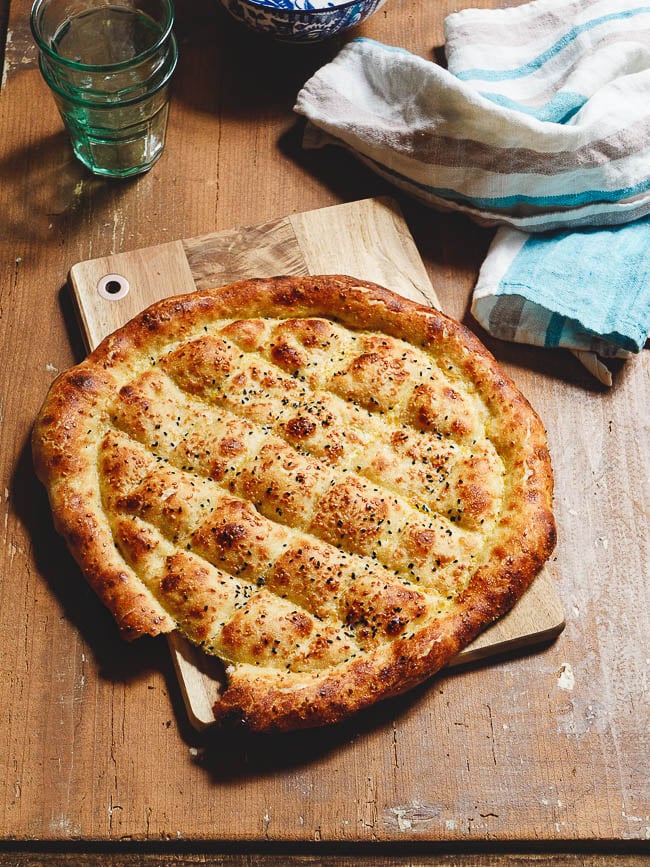
If you’ve been to a Turkish restaurant, you may have been served this bread in a basket, cut into rectangles. It’s usually a little flatter and denser than focaccia, often with lots of little indents all over.
The second is an oval, pizza-like flatbread, baked with a topping and its sides folded in to semi close the flatbread. Typical toppings are meat and chopped vegetables, cheese or a minced meat mixture.
Unlike pizza, however, it’s rare for a pide to have multiple layers of toppings. In other words, no tomato sauce followed by cheese and topping. Only a single layer of topping.
The bread has long traditions, likely going back to ancient times. Perhaps unsurpisingly, the word pide has its origin in pita, meaning bread or fermented pastry in Greek. (The latin pizza likely derived from the same.)
With that in mind, what makes ramadan pide different from other focaccia-like type pides?
Ramadan pide is in many ways a luxury version of the more regular everyday pide. It’s characterised by its large, circular shape, clearly pillowy pattern and US pizza-style thick crust along the circumference.
And perhaps most importantly: It’s topped with both sesame seeds and nigella seeds. An egg and fat based mixture gives the bread a tempting gloss. While regular pide may include either of these, too, more commonly they’re plain.
How to make Turkish bread for ramadan
The ramadan pide style of Turkish bread should have a shiny, golden crust with a soft but chewy crumb.
To get the right flavour and texture, I always start my dough the day before, using minimal amounts of yeast. This helps gives the bread the right level of chewiness.
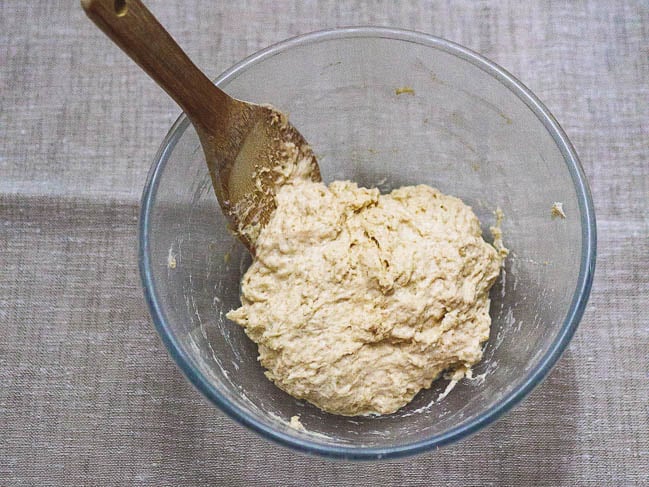
The long fermentation stage helps the bread develop lots of flavour. As a bonus, it eliminated any need for kneading, making this a super simple dough to put together! All you need to do is mix the dough ingredients, cover and leave time to do its magic for 15-18 hours.
The trickiest part of this recipe, is the shaping of the bread. It’s important to use your hands (no rolling pin!) to stretch the dough out into a circle, making sure to keep as much of the air in the dough as possible in the process. I find this is easier if I wet my hands slightly with water.
To give the bread its characteristic golden shine, you need to brush it with a mixture of egg yolk, butter and water. This also helps give the bread the wet surface needed to make a proper pillow pattern in the dough.
After creating the patterns, make sure to run your fingers through multiple times to ensure the dough doesn’t erase them. The indents should be as deep as you can get them without going all the way through, and the thickness of your little finger.
Serve Turkish ramadan pide warm
During ramadan, Turkish bakeries churn out an incredible amount of these breads just in time for iftar. At many bakeries, queues form in the hour or so before sunset. Like most breads, ramadan pide is best super fresh.
In fact, I’d say it’s important the breads are still warm and fresh when the imam’s prayer calls out and it’s time to tuck in after a long day of fasting.
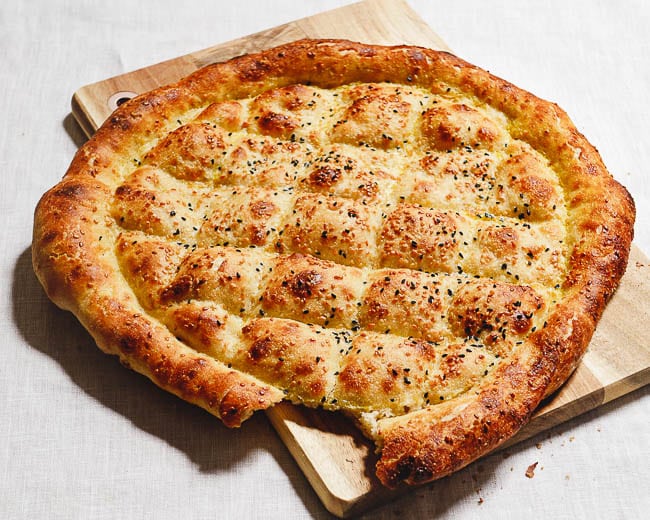
Whatever the occasion you’re making this (I certainly don’t restrict myself to ramadan only), do observe the lesson of this: Ramadan bread should be eaten super fresh. Preferably still warm. Not scorching hot straight out of the oven, but certainly not too long after either. While the bread is still tasty for several hours, it’s best eaten within the first hour after baking,
The recipe yields 1 large Turkish ramadan pide, enough for 3-4 people. You can easily double the quantity (or more), in which case make sure to split the dough into the desired number of pides after the first rise.
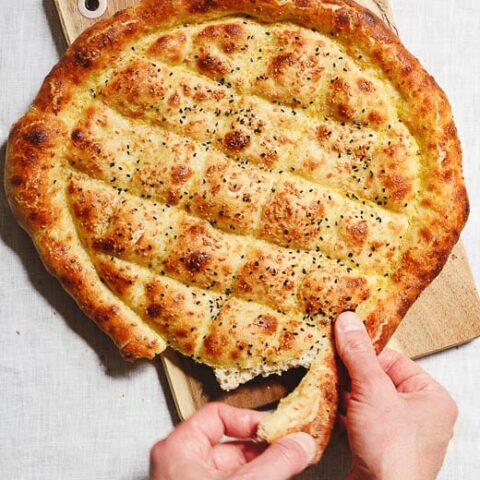
Turkish ramadan pide (Ramazan pidesi)
Ingredients
- 250 g white bread flour, plus extra to shape
- 20 g wholemeal flour
- ⅛ tsp instant (fast action) dried yeast
- 7 g salt
- 200 g water
Brushing liquid
- 1 egg yolk
- 2 Tbsp water
- 1 Tbsp melted butter
To bake
- 1 handful wheat bran
- 1 Tbsp sesame seeds, preferably toasted
- 1 tsp nigella seeds
How I make it
- Mix the flours, yeast and salt. Add the water. Stir until you’ve formed a wet, homogenous dough. It doesn’t need to be kneaded. Cover and leave to rise at room temperature until airy and doubled in size, 15-18 hours.
- Preheat the oven to its hottest setting, at least
250 °C. If you've got a baking stone or pizza stone, place it on the second lowest shelf. If using, make sure the baking stone or pizza stone is thoroughly warmed through before baking.
- Tip the dough onto an unfloured surface. Sprinkle a small amount of flour on top. Using a dough scraper, flip the dough so the floured side is down. Stretch the edges of the dough and pull them towards the middle in 4-5 places. Flip again (so the firm, floured side is up), cover with a kitchen towel and leave until the dough has relaxed a little, 30-45 minutes.
- Spread some wheat bran on a sheet of baking parchment.
- Make the brushing liquid by whisking the egg yolk with water. Add the butter little by little, whisking constantly.
- Flour the dough on both sides. Don’t overdo it, but make sure there aren’t any wet spots on the surface. Carefully stretch to form a c. 30 cm (12 in) diameter circle. Transfer to the baking parchment covered with wheat bran.
- Brush the bread generously with the brushing liquid. Add a little of the mixture to your hands and make a pattern as shown in the pictures and video. Make sure the patterns are deep (but not going all the way through). I always run my fingers through the patterns multiple times to ensure it keeps. Sprinkle with sesame and nigella seeds.
- Bake the pide on the baking stone (or on a regular baking sheet) until coloured. In my oven, using a thick baking stone and a temperature of 300 °C, 5-6 minutes suffices. If your oven isn't as hot, or you're not using a baking stone, it will take longer – perhaps up to 12-15 minutes or more. Make sure to watch your first batch carefully, and take note of how long it takes in your oven.
- Leave to cool on a wired rack. Ramadan pide should be eaten warm or within a few hours of baking.
Video
Tips & notes
- If you find it difficult to measure ⅛ tsp dried yeast, use a ¼ tsp measurement but fill it only halfway. Or you can just add a generous pinch and hope for the best – in which case keep an eye on the dough as it develops during the first rise.
- If using fresh yeast, 1 gram is sufficient. In volume, this is roughly the size of a dried pea.


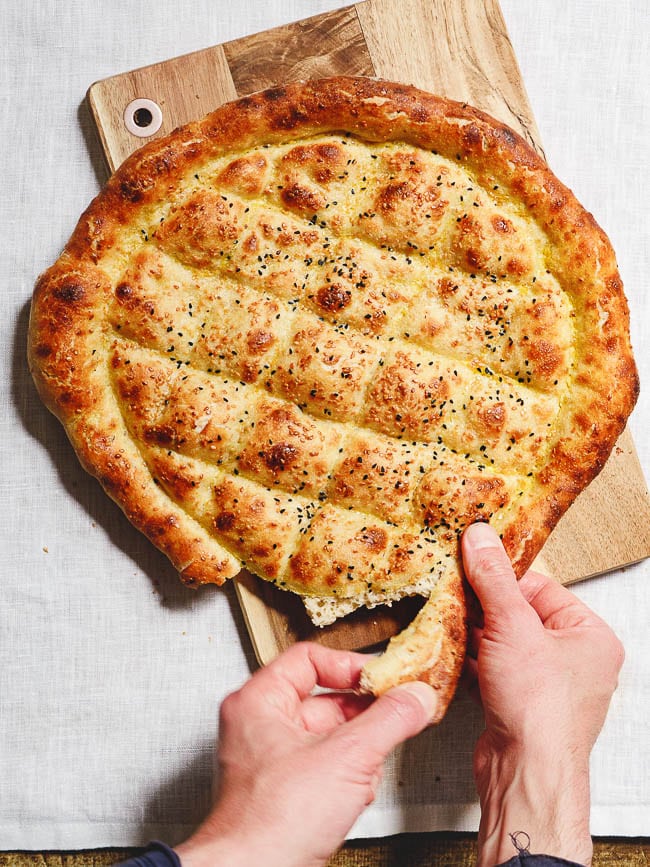


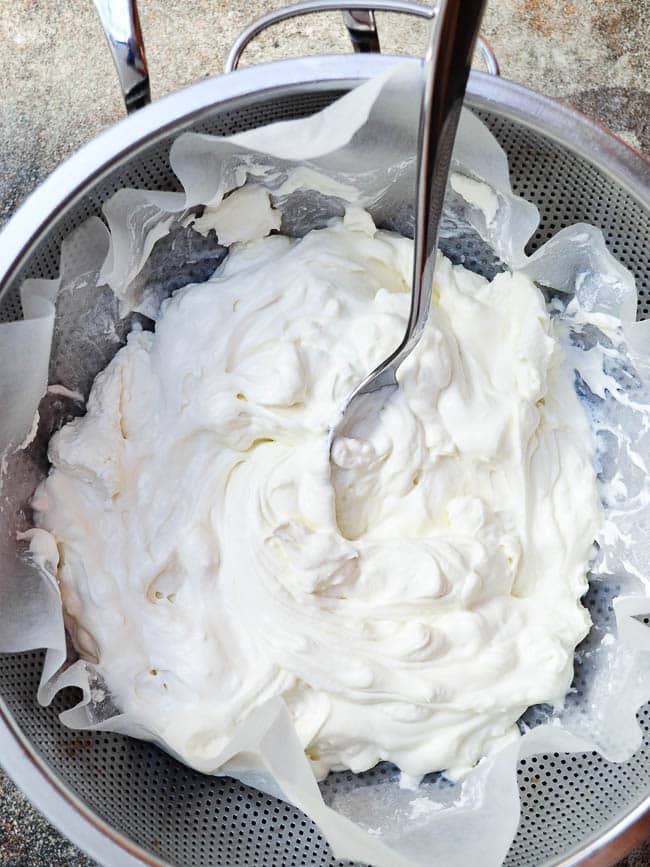
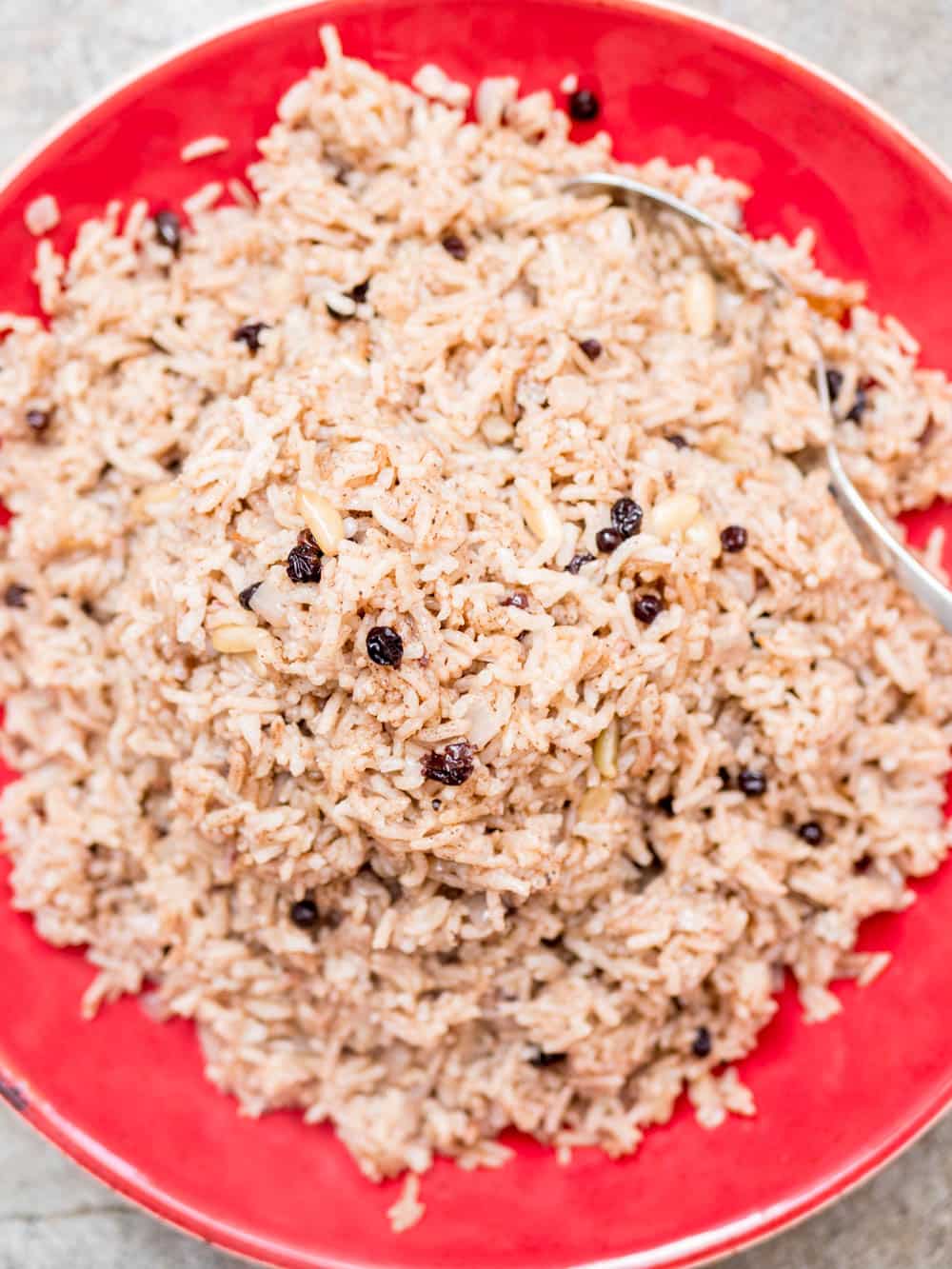
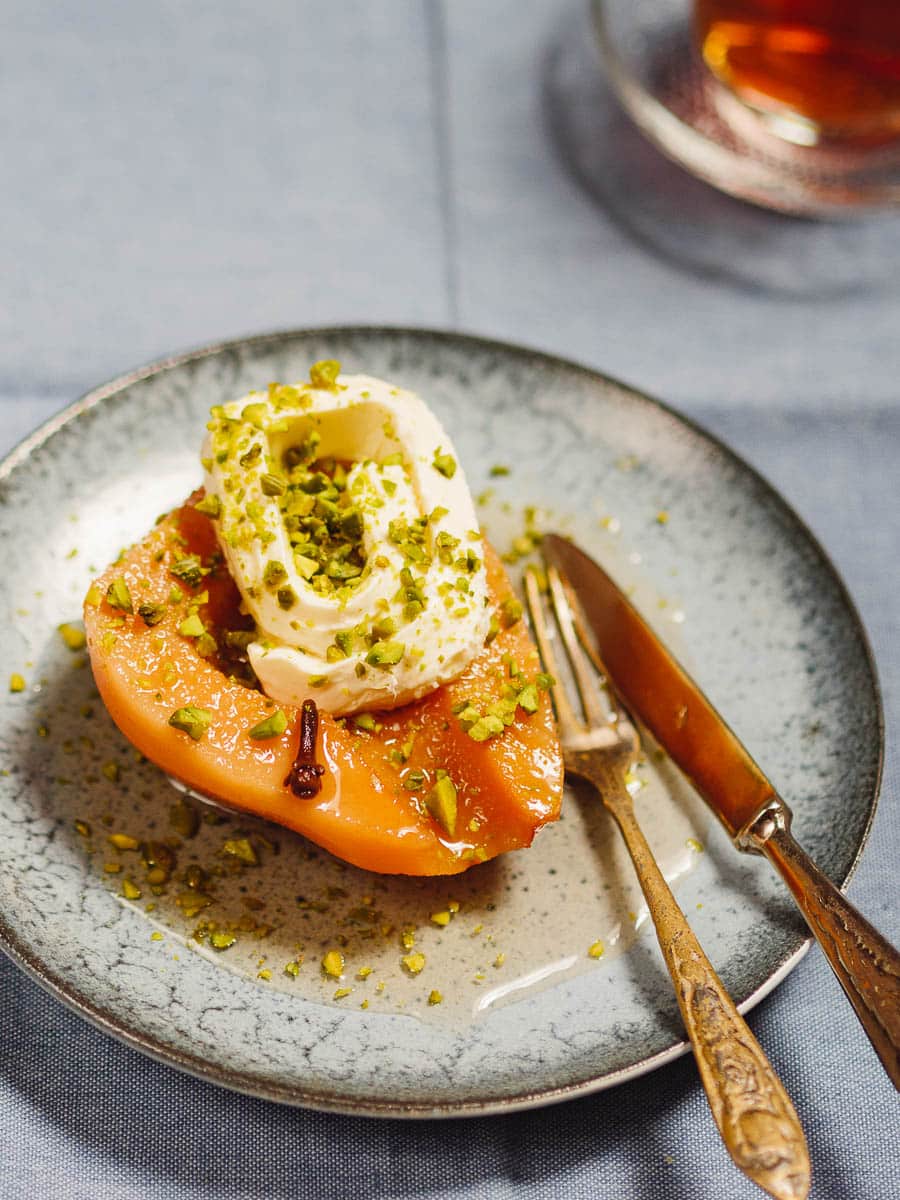
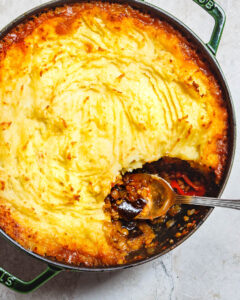
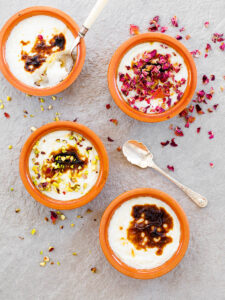
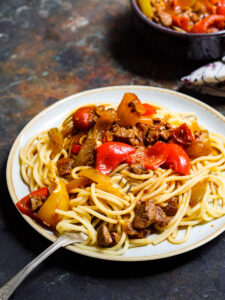




3 responses
most home ovens do not go above 500 degrees; i bake this at 450 for 25 to 30 minutes. it comes out beautifully
As a chef myself, I certainly appreciate all the thoughtful posting and the much needed uplifting , well constructed blogs. This site is unquestionably geared to help food lovers and otherwise society to understand the importance of GOD goodness and how easy and affordable healthy, well balanced meals can be, dear I say Healthy Nourishes yet Delicious …
Well Done Vidar
Love your stories and recipes. Very inspirational, much needed during these crazy and difficult times. Thank you!
Hope you are well.
Best,
Cecilie K.